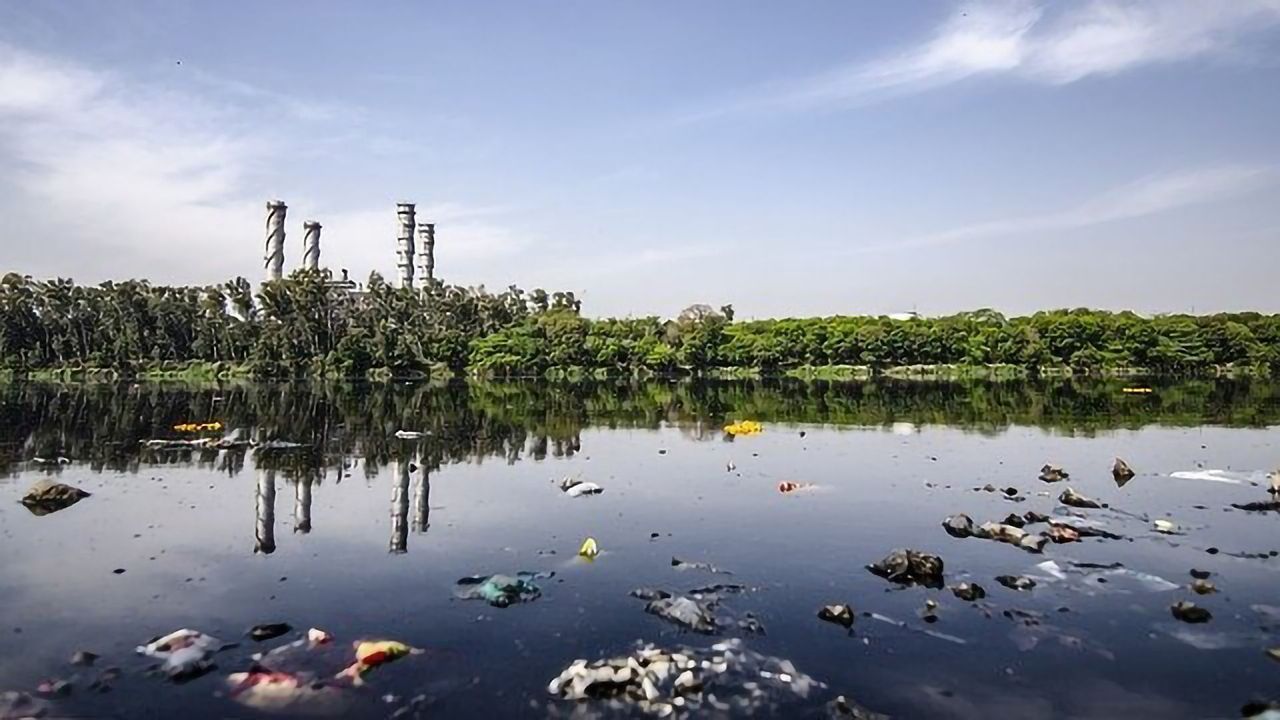Pharmaceutical pollution, which includes the harmful effects of life-saving drugs, is a problem for the environment. Studies also indicate that, in the not-too-distant future, every water source will include a substance that will be extremely dangerous to people as well as to marine and wild animals.
The Pollution in the environment through pharmaceutical drugs have become a huge matter of concern. The International bodies and the pharmaceutical business have started to become aware of the negative effects that pharmaceutical goods have on the environment on a worldwide scale over the past 30 years.
How can drug-related pollution occur?
As the world’s population is expanding in no time, it’s obvious that medicines and drugs production is also increasing. Their importance in contemporary life cannot be overstated, but at the same time, their usage and disposal are raising serious worries about environmental degradation.
The very first thing that Pharmaceutical Pollution highly effects is the water system. The pharma wastes are released into water which reaches the lakes, ponds, river and oceans. Further the pharma companies and industries fail to filter out the toxic chemicals which then mixes up with the nearby lakes, ponds, and rivers. Isn’t this highly dangerous?
Let’s take the example of rural and urban groundwater. Even though the water looks clean and pure but this isn’t the truth. Studies have found that such clean and pure looking water also contain traces of medicines and drugs that is birth-control pills, painkillers, caffeine etc.
Pharmaceutical companies release their poisonous waste not only into the water, but also out into the open, which raises the risk. As the by-products accumulate over time, massive landfills are created.
What causes pharmaceutical pollution?
Only a small portion of the medications we take get metabolized by our body. The remaining portion is expelled from the body as waste, which is ultimately released into the environment. As they are washed away, other therapeutic creams and lotions end up in the environment. In addition to this, hospitals have a significant impact on pharmaceutical contamination. Many nursing homes and hospitals dump pharmaceuticals and medications down the toilet, which has a negative impact on the environment.
Pharmaceutical companies are fully aware of the impact that their toxic wastes have on the environment. But when it comes to getting rid of these medications, they are powerless. resulting in the creation of landfills
There are various plants and animals that need medicines in addition to humans. Just like humans, animals also cannot metabolize. When these are released into the environment, they help in creating a big amount of animal excrement that is packed with dangerous antibiotics that are fed to animals. Pharmaceutical contamination occurs when certain medications used to increase cattle or prevent illness in them find their way into the groundwater.
We use a lot of health care and personal care items as humans. Every home has a cupboard where various medications are kept; when they expire, we put them in the trash. But then what? Are those prescription drugs appropriately disposed of? No, only a small percentage of these medications are properly disposed of. By entering the water system, the remaining unused and expired medications just add to pharmaceutical pollution.
What are the effects?
Marine creatures live in water. The lives of marine species, particularly fish, are impacted when pharmaceutical drugs and medicines interact with the water system. Studies have revealed that marine animals faces reproductive and developmental issues due to the presence of antibiotics in the water. Not only this, many concentrated medicines have also been found in the brain tissue of the fishes.
Whenever we get sick, it’s the antibiotics that help us. Now these antibiotics have the power to mix up with the sewage treatment process and disrupt the whole process. This has a detrimental effect on how organic stuff decomposes.
We all know that 70% of the human body is made up of water. Currently, most municipal corporations either do not remove the pharmaceutical substances that are excreted by the human body or they do not have an effective method for purifying the drinking water. Thus, these harmful substances re-enter our bodies. These cause significant chronic diseases to develop in our bodies and raise health risks.
There are now many chemical substances that persist in the environment for a long time. As its concentration grows over time, the environment is affected. These chemicals slowly enter cells and migrate up the food chain, having an impact on every organism there.
The wildlife species, humans, and marine animals are now included in the list of those impacted by pharmaceutical contamination. These wild creatures become immediately harmed when they consume the contaminated water or the prey fish that reside in it.
Whats the solution?
The simplest and most effective strategy to stop harmful pharmaceutical pollution is to simply prevent the drugs from ever entering the rivers in the first place. The right approach to dispose of outdated or expired medications should be taught to people through further programmes and seminars. Instead of flushing or dumping pharmaceutical wrappers or expired medications in landfills, people can smash them and place them in a plastic bag with water. Although these methods may appear less effective, these techniques reduce the higher danger of ingesting the toxin in the environment.
The next step is to create strong laws and rules that hospitals and nursing staff must abide by in order to prevent the flushing of medications. Hospitals should figure out how to return used or expired medications or speak with the manufacturers of those medications.
Many institutions buy pharmaceuticals in bulk, which results in lower prices for them due to greater discounts. Therefore, bulk purchasing ought to be limited. Limiting drug purchases will only result in less pharma pollution.
Before it’s too late, humans need to realise how serious this situation is. By 2030, the World Health Organization projects that more than 350 million individuals worldwide will have been diagnosed with diabetes as a result of medication contamination in many water sources.
